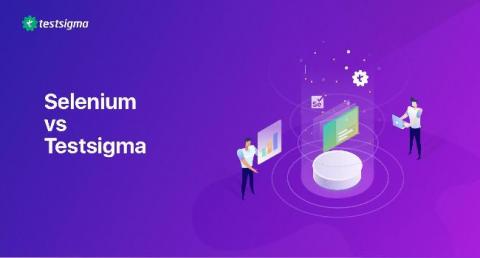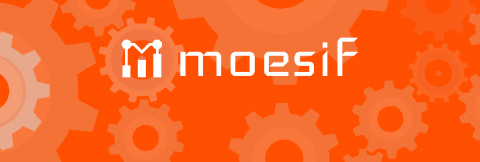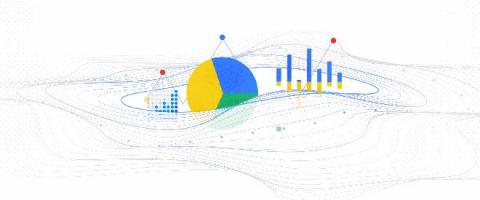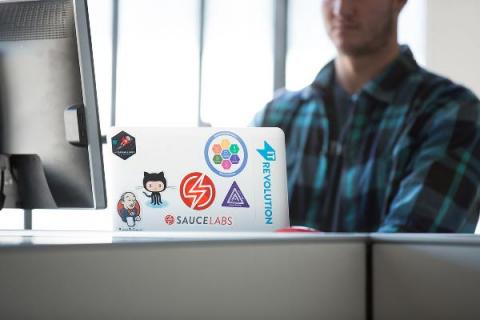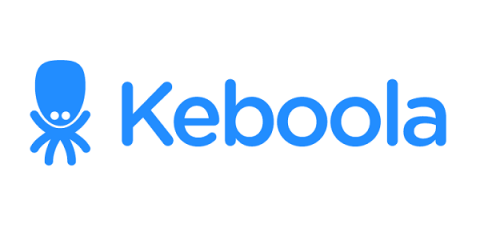Selenium Vs Testsigma | Which is the Best Automation Testing Tool?
As Agile methodology was introduced, the need for fast and continuous delivery of software applications increased. Fulfilling this need, automation testing within organizations increased. Various free open source and paid automation testing tools were introduced. Selenium was the first open-source automation tool introduced and organizations moved towards this tool for their test automation needs.


